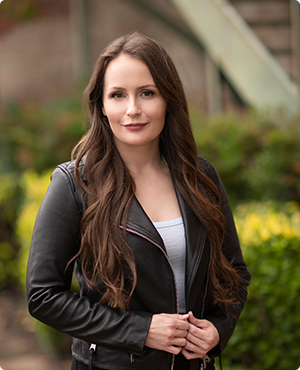Addiction Treatment
How Heroin is Made?

Written By:

Table of Contents
Heroin is an opiate derivative that is processed from the sap drawn out of the pods of a poppy plant. Certain opiate derivatives, including morphine and painkillers such as oxycontin, are also derived from poppy plants. Like heroin, those opiate derivatives are potentially addictive. Heroin, however, has no accepted or established medicinal properties and it is used and abused solely as a recreational drug. Heroin’s chemical properties allow it to cross a user’s blood-brain barrier more rapidly than other forms of opiate drugs, creating a significantly higher addiction risk.
How Heroin is Made
Heroin production starts in fields of papaver somniferum poppy plants. The seed pods of these plants will be cut or scored, which allows a milky opium sap to seep out of them. In the United States, individuals can purchase and use poppy seeds in cooking and baking, but growing poppy plants will attract the attention of law enforcement authorities, and cutting or scoring the seed pods to collect the opium sap can lead to a felony conviction for illegal drug manufacturing.The world’s supply of illegal heroin comes from Burma, Afghanistan and Colombia. Harvesters in these countries collect the opium sap from scored poppy pods and compress the sap into brick-like shapes. These shapes are then mixed with a calcium product (usually some form of lime) and boiling water, which produces a surface layer of morphine that separates out from other organic waste material. This morphine layer is essentially the same medicinal product that is used as a painkiller in medical facilities and on battlefields.To make heroin, the morphine layer is filtered off and mixed with ammonia, which adds a chemical structure to the morphine molecule that is referred to as an “acetyl” component. The resulting paste is the heroin that is sold illegally through street vendors. The acetyl component on heroin is what allows the drug to cross the blood-brain barrier more quickly and efficiently. Because of this, a dose of heroin is approximately three times more potent than an equivalent dose of morphine. The last step in heroin manufacturing involves further purification of the drug through treatments with acetone or hydrochloric acid.
What Does Heroin Look Like?
In its purest form, heroin is a white crystalline powder. Street-level heroin is frequently cut with milk sugars, strychnine and other adulterants, which give the resulting product a brownish color. These adulterants do not affect the opiate action that heron can produce, but often they can cause severe damage to a user’s system and organs which struggle to process and filter what are essentially poisons from a heroin user’s body.The heroin manufacturing process is less involved than implied by this description. Unlike drugs that are manufactured under strict controls in sterile laboratories, heroin is not manufactured with any attempt to maintain purity levels or safety standards. The potency of the heroin that is sold by a street vendor will vary dramatically and a heroin user has no assurances about the quality of the product that he craves. Heroin overdose deaths frequently occur when a heroin addict ingests a dose of heroin that has an unusually high potency or that is adulterated with unsafe additives.Drug enforcement personnel seek to disrupt the manufacture of heroin at all stages of this process, from the growth of the poppy plants to the final distribution of illegal heroin to end users. Notwithstanding their efforts, millions of individuals in the United States and throughout the world are regular heroin users and addicts.
If you are using heroin or have become addicted to this dangerous substance, please contacting the counselors and therapists at the Last Resort Recovery Center near Austin at 512-360-3600. We can help you to kick your heroin habit, regardless of how long you have been using it. Our programs will put you on a lifelong path to sobriety and health.
